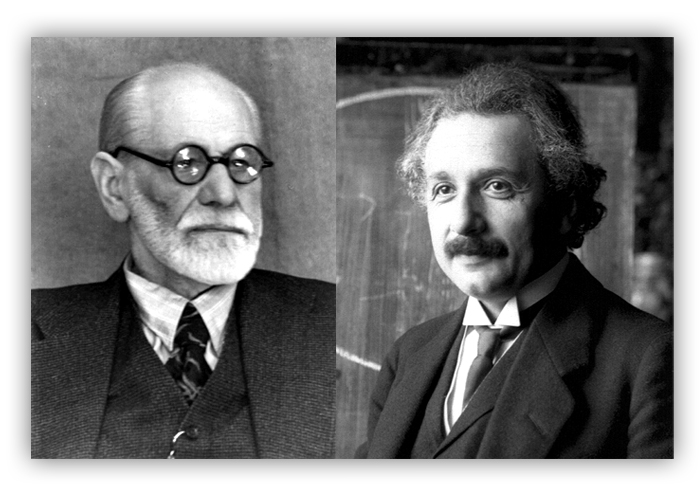
Creative Commons photo by Metal Chris
In My Day, so much of the music we listened to seemed angrier, more raucous and unruly—more aggressive and plainly evil—than music today. Not that I have any hard evidence for these assertions; customarily none is required for an In My Day rant. But I submit to you this: all that musical rage, in my opinion, was a good thing.
And it seems at least in this case, I can substantiate my opinion with science. This past summer, we reported on a study done by researchers at Humboldt State, Ohio State, UC Riverside, and UT Austin showing that kids who listened to heavy metal in the 80s were “significantly happier in their youth and better adjusted currently than either middle-aged or current college-age youth comparison groups.” Despite heated debates in the 80s and 90s over objectionable lyrical content in both popular and alternative music (remember the “Cop Killer” controversy?), researchers concluded that angry rock didn’t turn people into alienated maniacs. Instead, they found, “participation in fringe style cultures may enhance identity development in troubled youth.”
Now, even more recent research into the effects of angry hardcore punk and metal on the psyches of young people seems to confirm these results and further suggest that aggressive music has a paradoxically calming effect. In a study titled “Extreme metal music and anger processing,” University of Queensland psychologists Leah Sharman and Genevieve Dingle describe how they subjected “39 extreme music listeners aged 18–34 years of age” to “anger induction,” during which time, writes Consequence of Sound, “they talked about such irritating things as relationships, money, and work.” Once the test subjects were good and stressed, Sharman and Dingle had them listen either to a “random assignment” of “extreme music from their own playlist” for ten minutes or to ten minutes of silence.
As university publication UQ News summarizes, “In contrast to previous studies linking loud and chaotic music to aggression and delinquency,” this study “showed listeners mostly became inspired and calmed” by their metal. “The music helped them explore the full gamut of emotion they felt,” says Sharman, “but also left them feeling more active and inspired.” The researchers also provide a brief history of what they call “extreme music” and define it in terms of several genres and subgenres:
Following the rise of punk and heavy metal, a range of new genres and subgenres surfaced. Hardcore, death metal, emotional/emotional-hardcore (emo), and screamo appeared throughout the 1980s, gradually becoming more a part of mainstream culture. Each of these genres and their subgenres are socio-politically charged and, as mentioned earlier, are characterized by heavy and powerful sounds with expressive vocals.
“At the forefront of [the] controversy surrounding extreme music,” they write, “is the prominence of aggressive lyrics and titles.” In additional experiments, Sharman and Dingle found that “violent lyrics” did increase “participants’ state hostility,” but the effect was fleeting. Against prevailing assumptions that angry-sounding, aggressive music causes or correlates with depression, violence, self-harm, substance abuse, or suicide, the Queensland researchers found exactly the opposite—that “extreme music” alleviated listeners’ “angst and aggression,” made them happier, calmer, and better able to cope with the anger-inducing stressors that surround us all.
Related Content:
1980s Metalhead Kids Are All Right: New Study Suggests They Became Well-Adjusted Adults
New Research Shows How Music Lessons During Childhood Benefit the Brain for a Lifetime
The Neuroscience of Drumming: Researchers Discover the Secrets of Drumming & The Human Brain
This is Your Brain on Jazz Improvisation: The Neuroscience of Creativity
Josh Jones is a writer and musician based in Durham, NC. Follow him at @jdmagness


